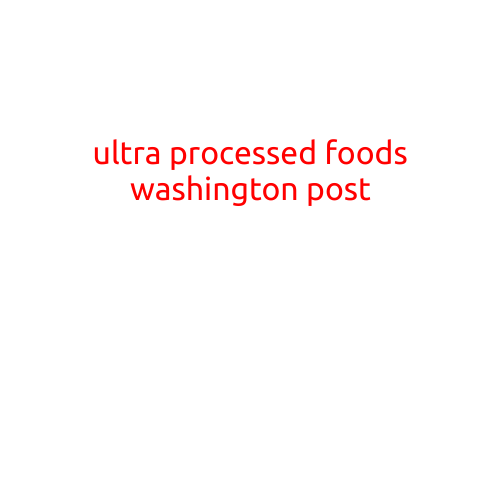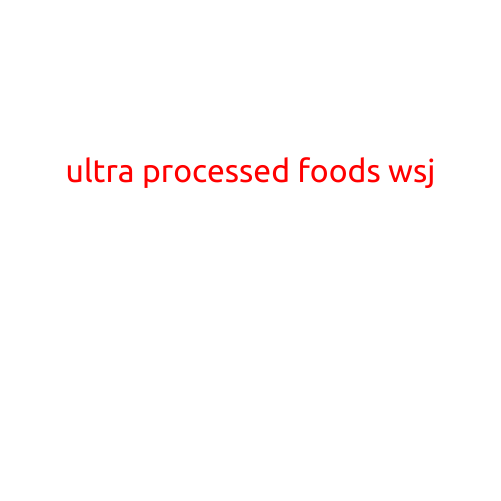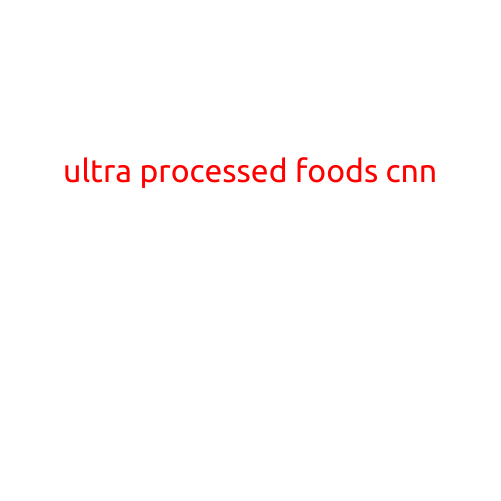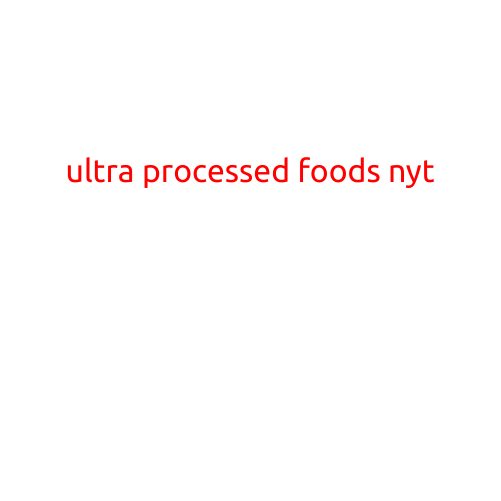
Title: “The Sneaky Truth About Ultra-Processed Foods: What You Need to Know”
(Published in: The Daily Mail)
Are you guilty of indulging in convenience foods and snacks on a daily basis? Think again, because the reality is that many of your favorite treats could be harming your health in ways you never imagined.
In recent years, the term “ultra-processed foods” has been making headlines, but what exactly does it mean? And more importantly, why should you care?
In this article, we’ll delve into the world of ultra-processed foods, exploring what they are, why they’re a concern, and most importantly, how to spot them in your favorite foods.
What are Ultra-Processed Foods?
In 2010, Cuban scientist Carlos Monteiro and his team developed a new classification system for foods, known as NOVA. NOVA categorizes foods into four groups: unprocessed or minimally processed, processed culinary ingredients, processed foods, and ultra-processed foods.
Ultra-processed foods are the most detrimental to our health, as they have undergone significant chemical, biological, or physical transformations that have altered their original composition and structure. Examples of ultra-processed foods include:
- Ready-to-eat meals
- Frozen dinners
- Canned soups
- Packaged snacks
- Sugary drinks
- Frozen pizzas
- Cakes and cookies
Why are Ultra-Processed Foods a Concern?
The alarming rise in ultra-processed foods can be attributed to several factors:
- Lack of nutrients: These foods are often stripped of essential vitamins, minerals, and fiber, leaving you feeling hungry and unsatisfied.
- High sugar content: Many ultra-processed foods are laced with added sugars, making them a significant contributor to the global obesity epidemic.
- Addictive ingredients: Many ultra-processed foods contain addictive substances like MSG, which can lead to overconsumption.
- Negative impact on gut health: Ultra-processed foods can alter the balance of gut bacteria, leading to a range of negative health effects.
How to Spot Ultra-Processed Foods
With the shelves overflowing with tempting treats, it can be challenging to identify ultra-processed foods. Here are some tips to help you make informed choices:
- Read labels: Check the ingredient list for unfamiliar words and warnings such as “hydrogenated” or “partially hydrogenated.”
- Stay away from added sugars: Opt for foods with natural sugars like fruits and veggies instead of sugary snacks and drinks.
- Choose whole foods: Favor whole, unprocessed foods like fruits, veggies, whole grains, lean proteins, and healthy fats.
- Be mindful of package descriptions: Be wary of phrases like “all-natural” or “organic” – they don’t always mean the food is healthy.
Conclusion
The truth about ultra-processed foods is that they’re a ticking time bomb for our health. By understanding what they are and how to spot them, you can take control of your diet and make informed choices that benefit your well-being.
Remember, a balanced diet is key to a happy and healthy life. Make the switch from ultra-processed foods to whole, nutritious foods and give your body the gift of optimal health.
Sources:
- Monteiro, C. A., et al. (2010). “The food processing industry: a new approach to food classification.” Journal of Food Science, 75(4), S133-S135.
- Pereira, R. B., et al. (2014). “Ultra-processed food consumption and risk of chronic diseases: systematic review and meta-analysis.” Public Health Nutrition, 17(6), 1434-1441.
- Hall, K. D. (2018). “Sugar and processed food addiction: A review.” Journal of Addictive Diseases, 37(2), 143-152.





